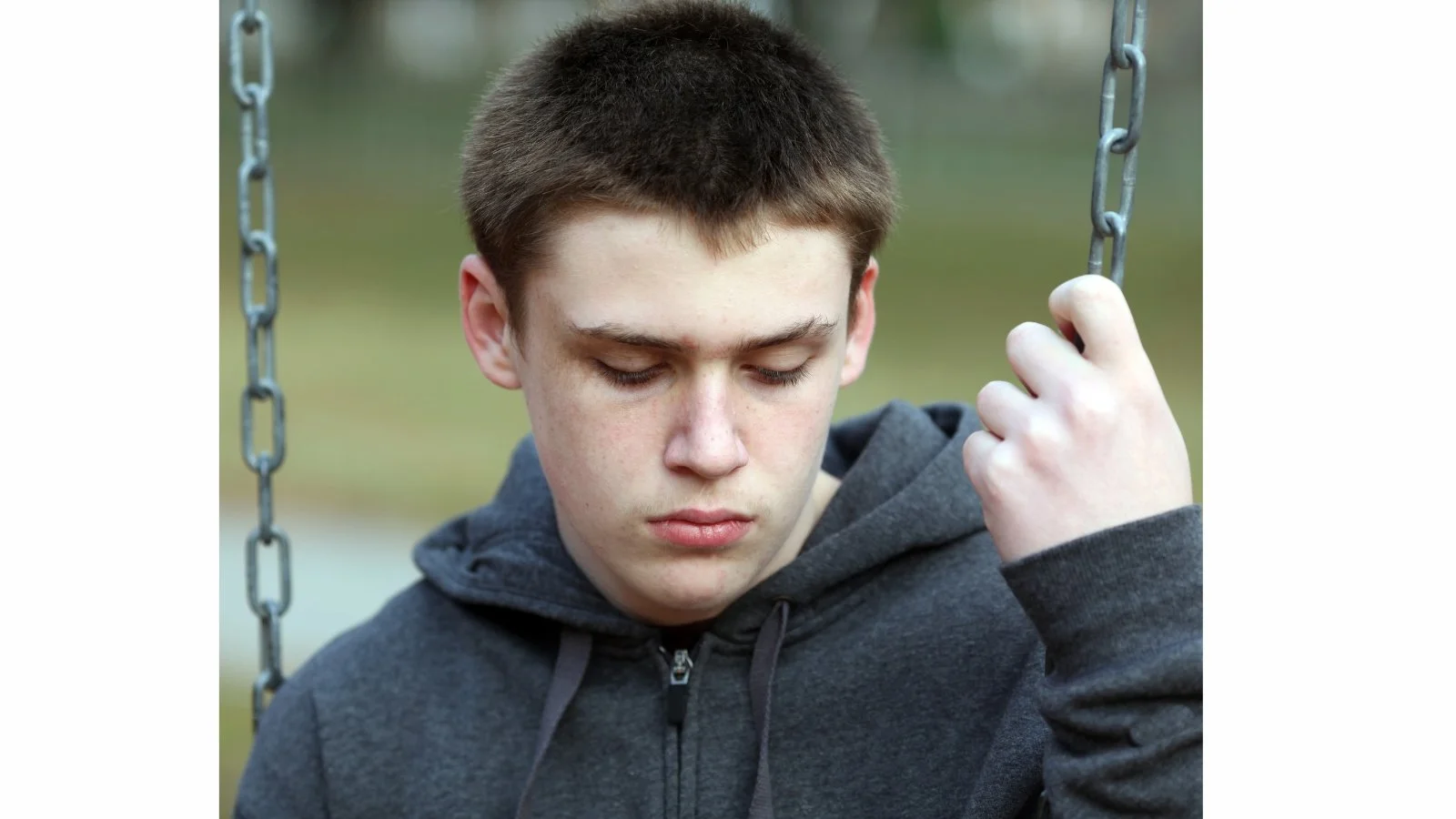
Breaking the Cycle: Prevention, Intervention, and Policy Solutions for Psychological Maltreatment
Recognizing PM is only the beginning. Awareness without action leaves children in the same harmful environments we have learned to identify. Prevention requires more than well-intentioned advice to parents—it demands coordinated strategies across individual, family, community, and societal levels. Intervention must be timely, compassionate, and backed by evidence. And policy change is critical to ensure that protections are not determined by the accident of geography or local statutes (Brassard, Hart, Baker, & Chiel, 2019).


Defining Psychological Maltreatment: Seven Recognized Forms
Clear and consistent definitions are not just theoretical—they have direct consequences for practice, policy, and children’s lives. Defining Psychological Maltreatment (PM) is an important step. Once we know what to look for, the task becomes learning to recognize it in real time. PM may not leave physical marks, but its signs can be clear when professionals are trained to see them.

Psychological Maltreatment: The Wounds We Don’t Talk About
When we think of child abuse, most of us picture the obvious: bruises, broken bones, visible neglect. These are the injuries that make headlines, trigger investigations, and prompt urgent action.
But there’s another kind of harm—just as real, just as damaging—that leaves no visible trace. It doesn’t show up on X-rays or in photographs, and it often hides in plain sight.
